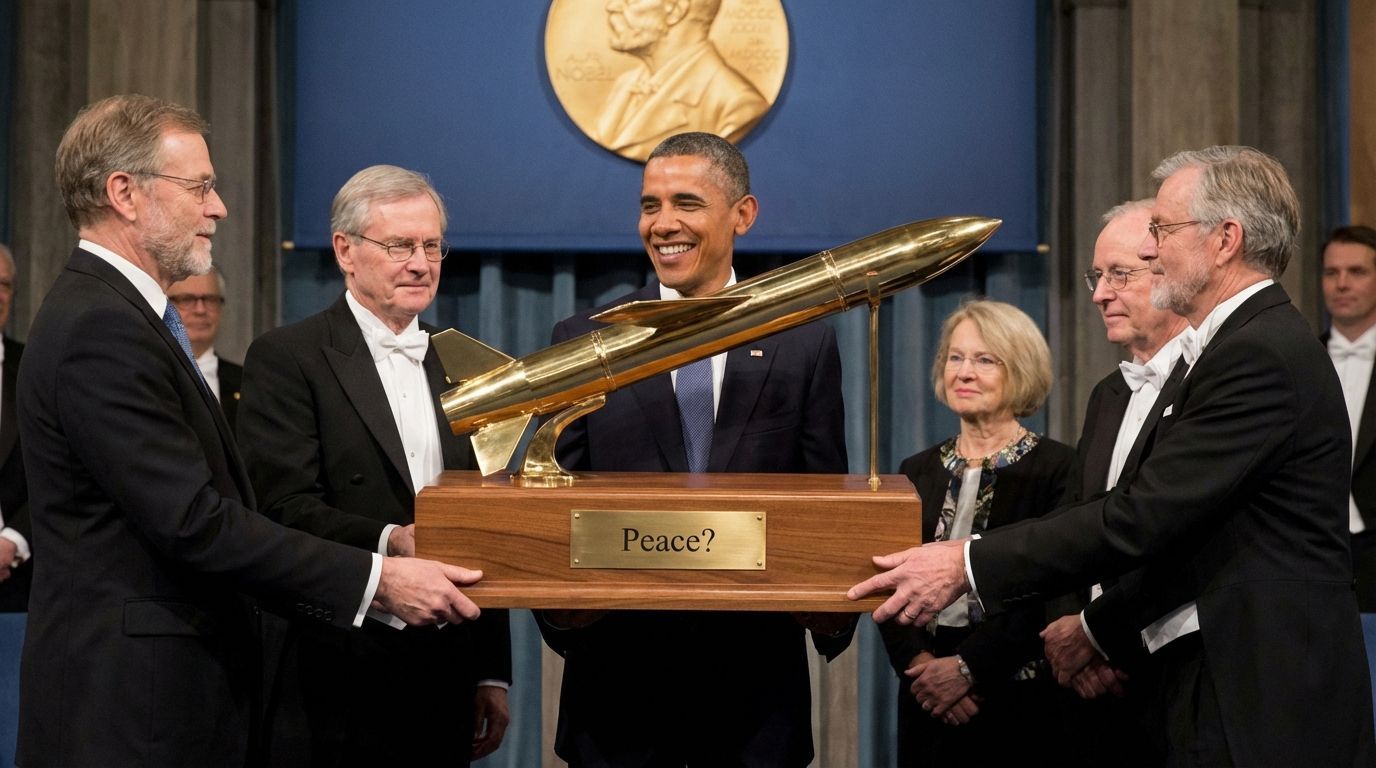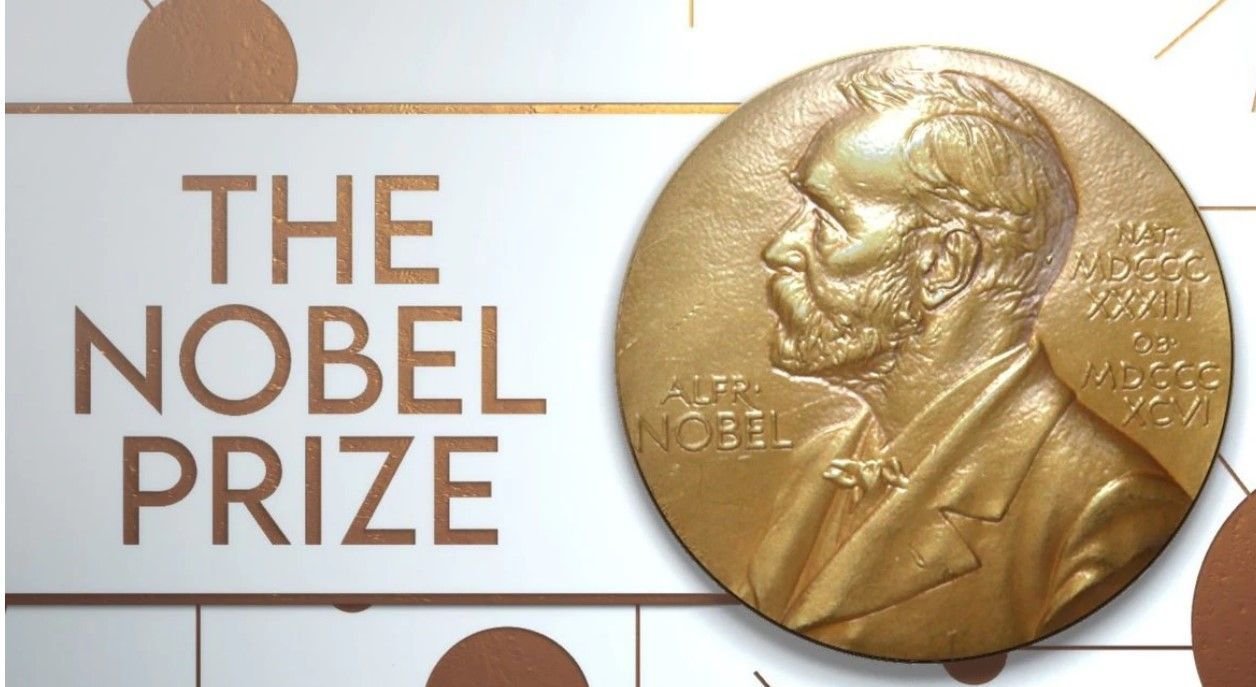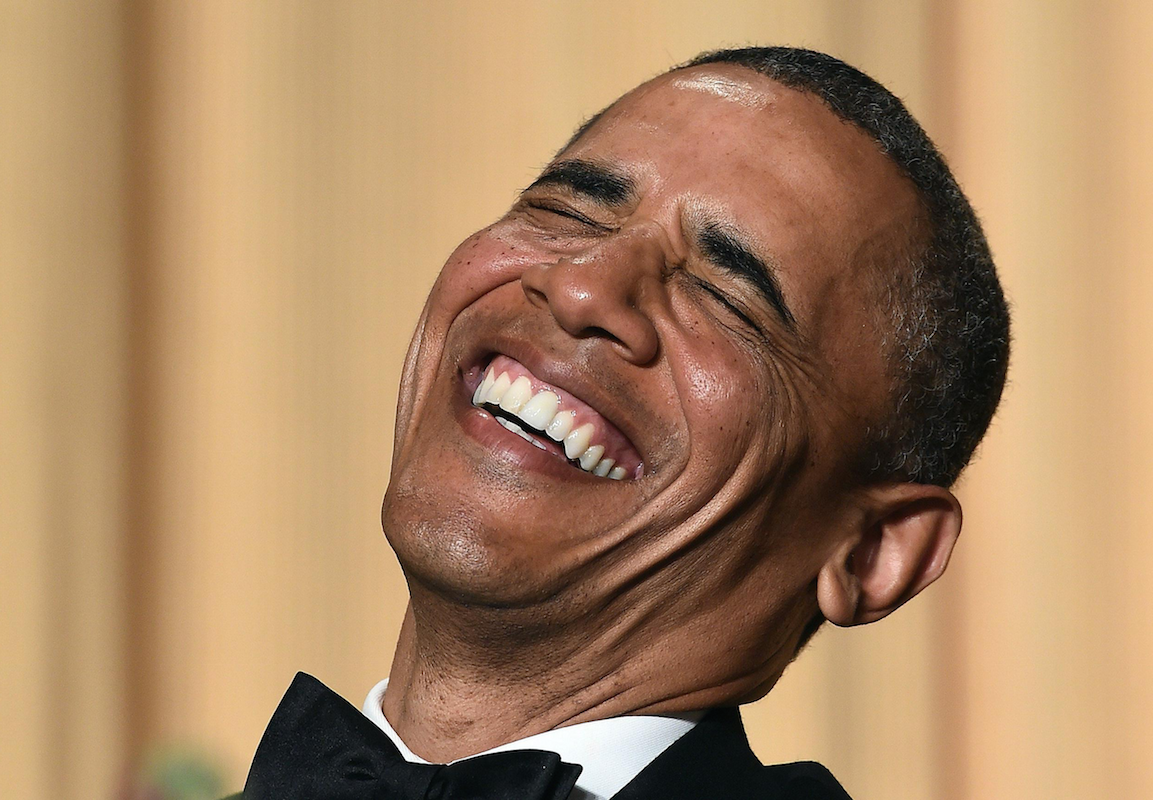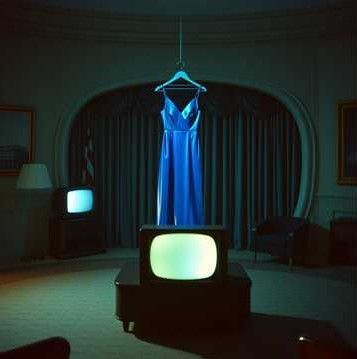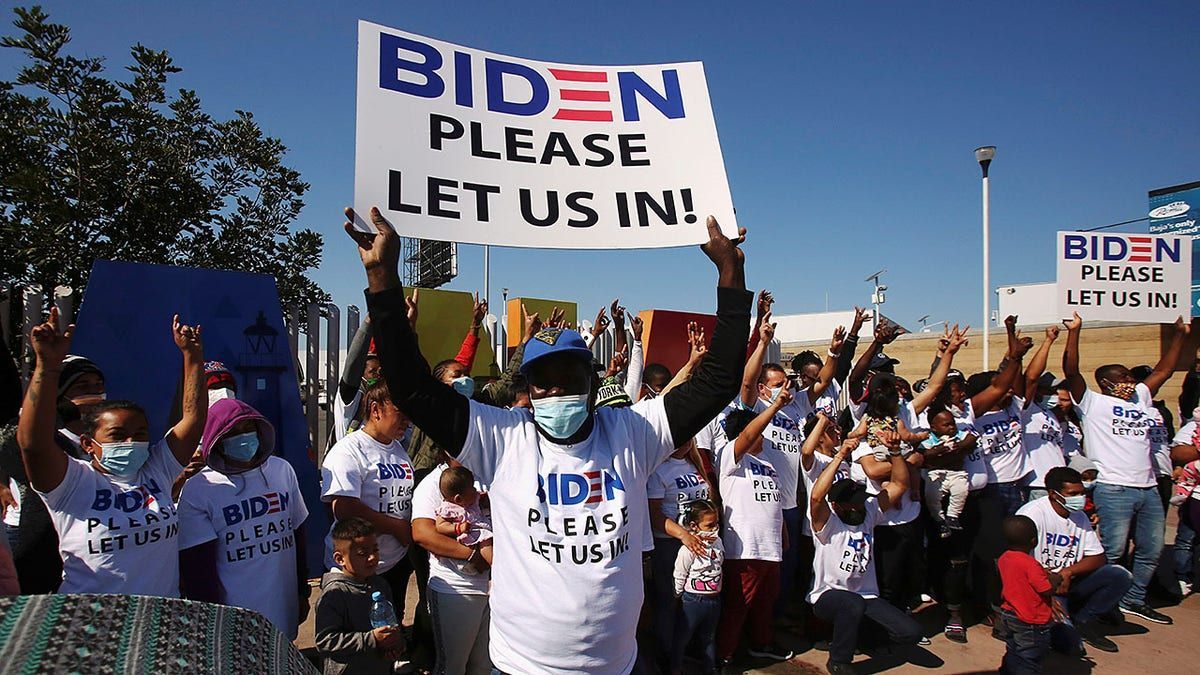A Farewell to Virology - Synopsis

Below is an AI-generated summary of the essay "A Farewell to Virology (Expert Edition)" by Dr. Mark Bailey, based on the content available at the provided URL. The essay, spanning 67 pages, is a detailed critique of virology, arguing that the field is rooted in pseudoscientific practices and lacks empirical evidence for its foundational claims. It is divided into three parts, each addressing distinct aspects of the virological paradigm, with a focus on dismantling the concept of pathogenic viruses, using SARS-CoV-2 as a primary example.
Part One: Historical and Scientific Critique of Virology
The first section traces the history of virology and contends that it has consistently failed to adhere to the scientific method. Bailey argues that virology asserts viruses cause diseases and transmit between hosts, yet it lacks direct evidence of viral particles isolated from diseased tissues. Instead, virologists rely on indirect methods like cell cultures, cytopathic effects (CPE), genomic sequencing, antibody detection, and animal studies—all of which, he claims, are uncontrolled and invalid.
For instance, he critiques the concept of "isolation," noting that virologists redefine it to mean something other than physical separation of a virus, thus misleading the public. He highlights the absence of controlled experiments to prove viral causation, asserting that alleged evidence (e.g., electron microscopy images or PCR results) is either misinterpreted or fabricated through flawed methodologies. This section aims to expose virology as a discipline built on unproven assumptions rather than empirical science.
Part Two: The COVID-19 Fraud and SARS-CoV-2
Focusing on the COVID-19 pandemic, Part Two dissects the creation of SARS-CoV-2 as a fictional entity. Bailey examines the foundational paper by Fan Wu et al., which claimed to identify SARS-CoV-2 via genomic sequencing from a patient sample. He argues that this process involved assembling a "virus" genome from a mixed soup of genetic material without ever isolating a physical virus particle, relying instead on computer modeling and alignment with pre-existing coronavirus templates.
He asserts this is a linguistic and methodological sleight of hand, not science. The misuse of PCR testing, he claims, amplified this deception by generating "cases" without proving the presence of a virus, perpetuating the illusion of a pandemic. Bailey frames this as part of a broader pattern in virology, where new "viruses" are templated from old ones without direct evidence, rendering SARS-CoV-2 a product of fraud rather than discovery.
Part Three: Maintaining the Illusion
The final section explores how institutions, media, and key figures sustain the virus narrative despite its scientific shortcomings. Bailey suggests that "health" organizations, such as the WHO, and mainstream media propagate virology’s claims through controlled narratives, sidelining dissent. He accuses virologists of evading scientific scrutiny by avoiding controlled experiments and redefining terms to fit their model.
The essay points to the complicity of influential voices in dismissing challenges to virology as denialism, rather than engaging with them scientifically. Bailey argues that this systemic reinforcement protects a lucrative medical-industrial complex, but as public awareness grows, the virological paradigm is increasingly vulnerable to collapse.
Conclusion
Bailey concludes that virology’s threat to humanity lies in its perpetuation of fear-based, unfounded medical practices. He calls for a rejection of the virus model, urging readers to recognize its lack of scientific grounding. While SARS-CoV-2 serves as the main case study, he extends the critique to all alleged viruses, positioning the essay as a technical refutation of virology itself. The work is dense and arcane at times, aimed at readers seeking a deeper understanding of the virus hypothesis, and seeks to dismantle the foundation of pandemics and associated interventions as fraudulent.
This summary captures the essay’s core arguments without reproducing its full technical detail, reflecting its intent to challenge the scientific legitimacy of virology comprehensively.



